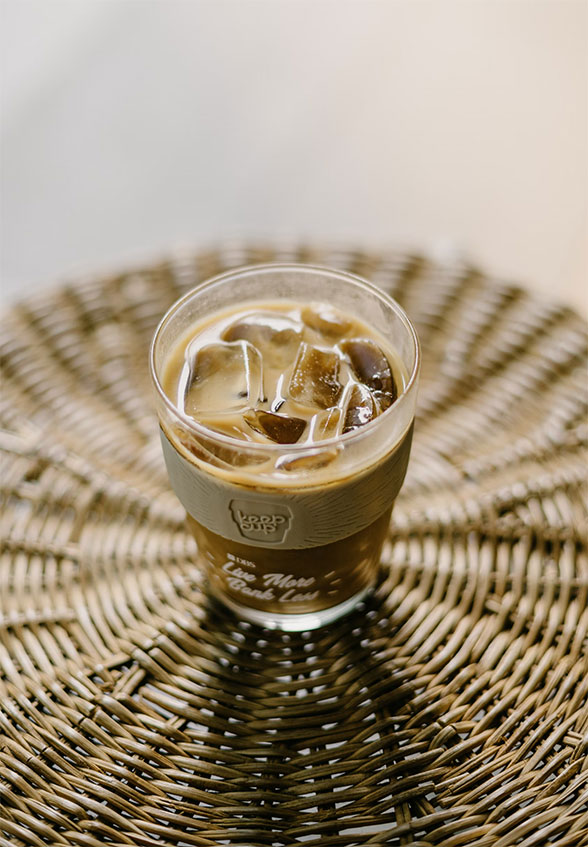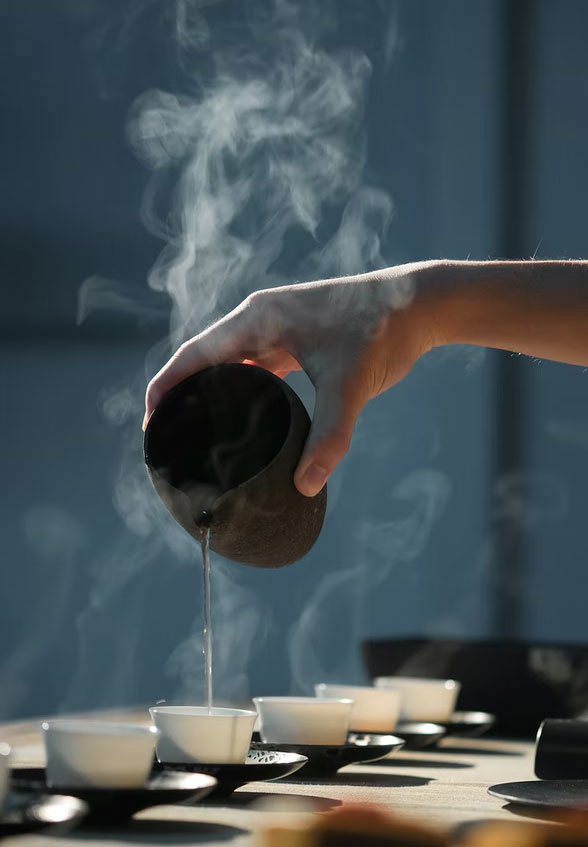Five recipes from the rich coffee culture of Asia

Γνωρίζουμε τις γεύσεις και τα αρώματα μιας περιοχής με μακρά ιστορία στον καφέ.
Latin America may be the modern birthplace of coffee and Africa may be its distant homeland, but Southeast Asia has been and continues to be a strong player in the global coffee market. Vietnam is consistently the largest producer of Robusta in the world, and overall the second largest coffee producer behind only Brazil, while countries such as India and Indonesia are consistently among the ten largest producers in the world.
After all, India is the first country after Ethiopia and Yemen to host coffee trees in its territories, while the Dutch colonies of Indonesia were the first to break the Arab coffee monopoly, dating back to the 17th century. Asia has a long history of coffee, something that made the countries of the region form their own, distinct coffee culture, which, although it differs from country to country, shares some common characteristics.
Asia produces excellent quality Arabica, with a rich palette of flavors, but also large quantities of Robusta. Almost all countries in the region love filter extracts, accompany their coffee with plenty of sugar and milk, and do not hesitate to use a variety of local ingredients, such as ginger, coconut sugar, tea or spices.
We present five Asian recipes from the archive of Coffees.gr, which will help us get to know better this neglected, but so interesting coffee culture.
Five recipes from the rich coffee culture of Asia

Kopi Jahe, with its ginger spark, from Java: Kopi Jahe simply means "Ginger Coffee" and is one of Indonesia's most iconic coffees, and is especially popular on the island of Java. Ginger gives it a peppery taste while coconut sugar guarantees the sweetness of the drink. In addition to its exotic taste, Kopi Jahe is also beneficial for health, combining the antioxidants of coffee with the soothing and immune properties of ginger. After all, there are many Indonesians who claim that a cup of Kopi Jahe is the best medicine for colds!
See in detail what recipe, here.
What to use: New York Monorigini Java
Oliang, Thailand's strong coffee with a dark past: Its name means "black and cold" and is a true child of necessity, having emerged from a lack of coffee during World War II and the adulteration of coffee, which led them to to add sugar and milk, mitigating the bitter taste. After the end of the war, the habit was left, with good coffee this time, and more specifically, with good quality Asian Robusta.
See in detail what recipe, here.
What to use: Minges India Parchment Peaberry

Ais Kopi Cham, the mix of coffee and tea, from Malaysia: Malaysian coffee is very dark, and is traditionally roasted with butter and sugar, which gives it a unique caramel aroma. The locals drink it with plenty of milk and sugar, while mixing it with the also strong local black tea is also common. The result is a delicious but powerful cold drink, a real caffeine bomb, that will give you plenty of energy for a busy day or a trip to the gym.
See in detail what recipe, here.
What to use: Caffe Paradiso Papua – New Guinea
Kopi Telur, the filling egg - Sumatra coffee: In Asian countries, the creamy texture of beverages is highly valued, and Kopi Telur is probably the most creamy coffee you will ever find! Strong local coffee, sweetened condensed milk and beaten egg yolk (!) Create layers in a comfort drink that started on the island of Sumatra and has spread throughout Indonesia. Due to its filling character, most locals enjoy it for breakfast, usually with a snack.
See in detail what recipe, here.
What to use: Caffe Paradiso Beduino Mysore AAA
Ca Phe Sua Chua, Vietnam's iced yogurt: In Vietnam, locals love strong Robusta in filter extraction, usually with plenty of milk and plenty of sugar. For those who complain that Vietnamese drinks are still sweet, Ca Phe Sua Cha comes to make a difference! Instead of milk and sugar, it has yogurt, which gives it a satisfactory texture but not too sweetness, in a very interesting "marriage".
See in detail what recipe, here.
What to use: Gimoka Dulcis Vitae
Coffee is a long journey: a few sips of these original coffees are enough for an express trip to faraway Asia.










